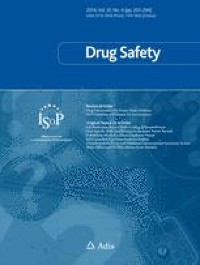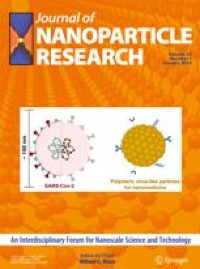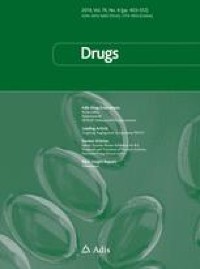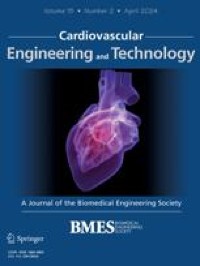Abstract
Background
Although laparoscopic radical resection (LRR) has long been contraindicated in gallbladder cancer (GBC), recent studies have demonstrated laparoscopic surgery did not adversely affect the perioperative and survival outcomes of GBC patients. However, these literatures are mainly focused on GBC of relatively early stages or incidental GBC. This study aimed to investigate the perioperative and long-term outcomes of LRR versus open radical resection (ORR) for GBCs in T2 and T3 stages.
Methods
A retrospective study was conducted on 99 patients with GBC of T2 and T3 stages who underwent radical resection at Zhejiang Provincial People's Hospital from January 2010 to December 2020. A 1:1 propensity score matching (PSM), which is widely used to reduce selection bias, was performed to compare the surgical outcomes and long-term prognosis between LRR and ORR. A logistic regression analysis was implemented to identify the predictive risk factors of postoperative overall survival.
Results
By using PSM, the baseline characteristics of two groups (with 30 patients in each group) were generally well balanced. In the LRR group, the length of operation was significantly longer than the ORR group, but the intraoperative bleeding and postoperative days of hospital stay were significantly decreased compared to the ORR group. The two groups showed comparable outcomes regarding the incidence of biliary reconstruction, lymph node yield, the incidence of postoperative morbidities, the incidence of Clavien–Dindo (C–D) grades III–IV, the days of drainage tubes indwelling, mortality at 30 postoperative days and 90 postoperative days, and the incidence of port-site metastasis. The 1-, 2-, and 3-year overall survival rates were 61.2, 40.1, and 30.1%, respectively, in the LRR group, and 53.3, 40.1, and 40.1%, respectively, in the OLR group (P = 0.644). On multivariate analysis, T stage, vascular invasion, and tumor differentiation were found to be the independent risk factors for overall survival of GBC in T2 and T3 stages.
Conclusions
For GBC in T2 and T3 stages, LRR can achieve comparable perioperative outcomes and similar long-term survival benefit compared to ORR. LRR tends to show advantages over ORR regarding intraoperative bleeding and postoperative days of hospital stay.







